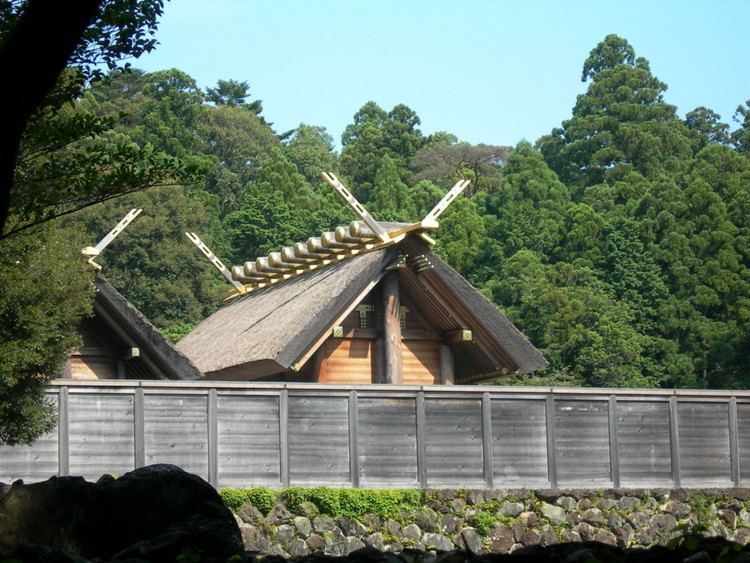 | ||
The following is a timeline of the history of the city of Nagoya, Japan.
Contents
Prior to 20th century
20th century
21st century
References
Timeline of Nagoya Wikipedia(Text) CC BY-SA
 | ||
The following is a timeline of the history of the city of Nagoya, Japan.